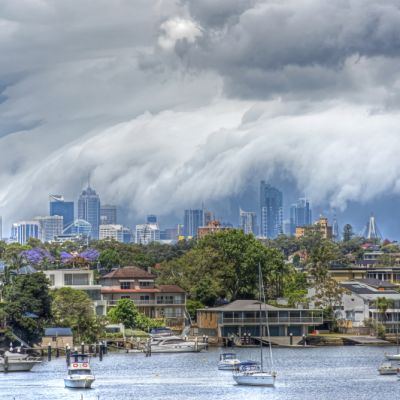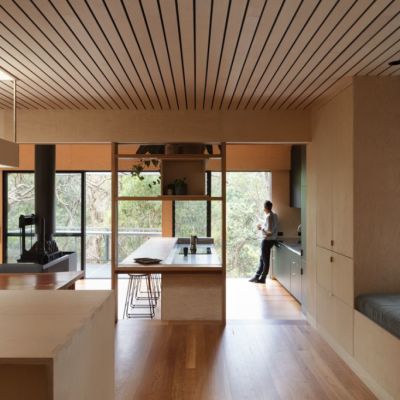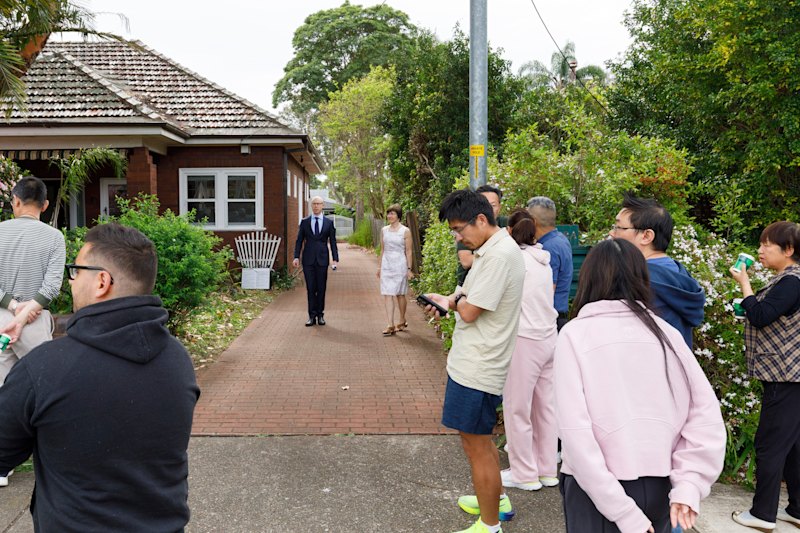How to find out if your home is in a high-risk area for natural disasters
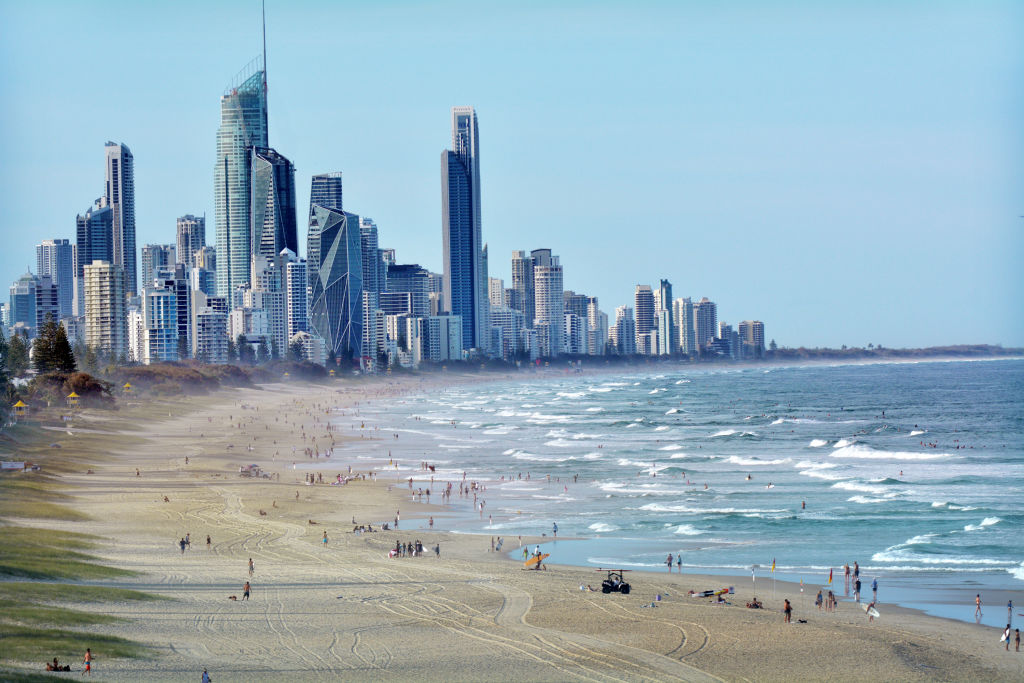
What do Gippsland, the Gold Coast and the Illawarra have in common? They’re all regions where homes are increasingly in danger of becoming uninsurable.
Karl Mallon, CEO of Climate Risk, adds the Sunshine Coast, Central Coast and inner-city suburbs near rivers in Brisbane, Sydney, Melbourne, Windsor and Mandurah to a growing list of areas in which insurers are raising premiums as the frequency of severe weather events increases.
Climate Risk, a company that builds risk engines to quantify the impacts of climate change, released data in October 2019 showing the number of “uninsurable” addresses across Australia is projected to double over the next 80 years to more than 700,000 if no preventative action is taken. This would be the equivalent of one in 20 homes.
Mallon says he knows of whole towns within the flood plains of NSW where it’s fairly normal to pay $15,000 a year in home insurance, and he recalls one $600,000 property insured at an eye-watering annual premium of $30,000.
Mallon counts bushfire, flood, high wind, coastal inundation and subsidence among the chief hazards faced by Australian homes, with the latter two generally excluded from insurance policies.
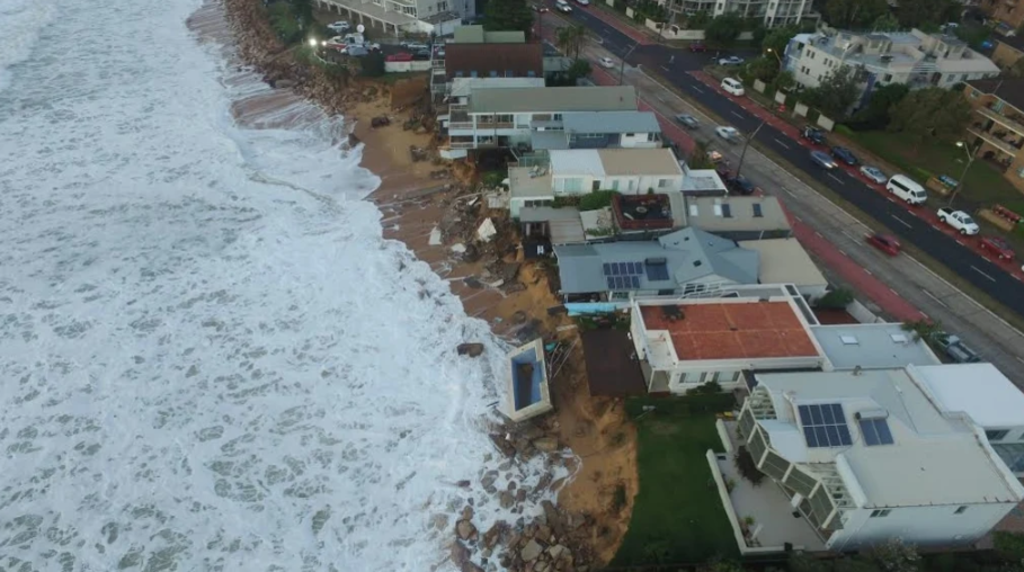
It seems that while we can all recite the second stanza of Dorothea Mackellar’s My Country – “…of droughts and flooding rains…”, we’re not always prepared for battle.
Domain Insure general manager Tony Mitchell says if you’re not sure about the potential hazards in your neighbourhood or in a suburb you’d like to move to, there are plenty of free tools available to help. These include looking at Google Maps, which shows your proximity to waterways and bushland, contacting local councils, which can provide information on flood overlays and bush fire prone land, and State Emergency Services and state government bodies.
“For example, the NSW government in conjunction with the fire brigade have a service to check if you’re in a fire risk area,” he says. “There’s lots of data available, and it’s a lot more accurate than it was in the past.”
To gain a basic understanding of your home’s climate-related risks, Climate Risk offers free site checks as well as more detailed paid reports on the impacts of these risks on the future value and insurability of individual properties.
Mallon says his company has produced 10,000 free site checks over the past 12 months, which reflects a growing awareness within the community of the costs of climate change.
“Sophisticated buyers are starting to ask these questions, and more and more people selling their homes are looking to include that information,” he says.
Mallon says buyers needn’t give up on their dream tree or sea-change property. Instead, it’s a matter of cultivating an increased awareness of the building standards required for homes in high-risk areas. These include Bushfire Attack Level (BAL) ratings, rigid foundations that resist movement and roof sprinkler systems.
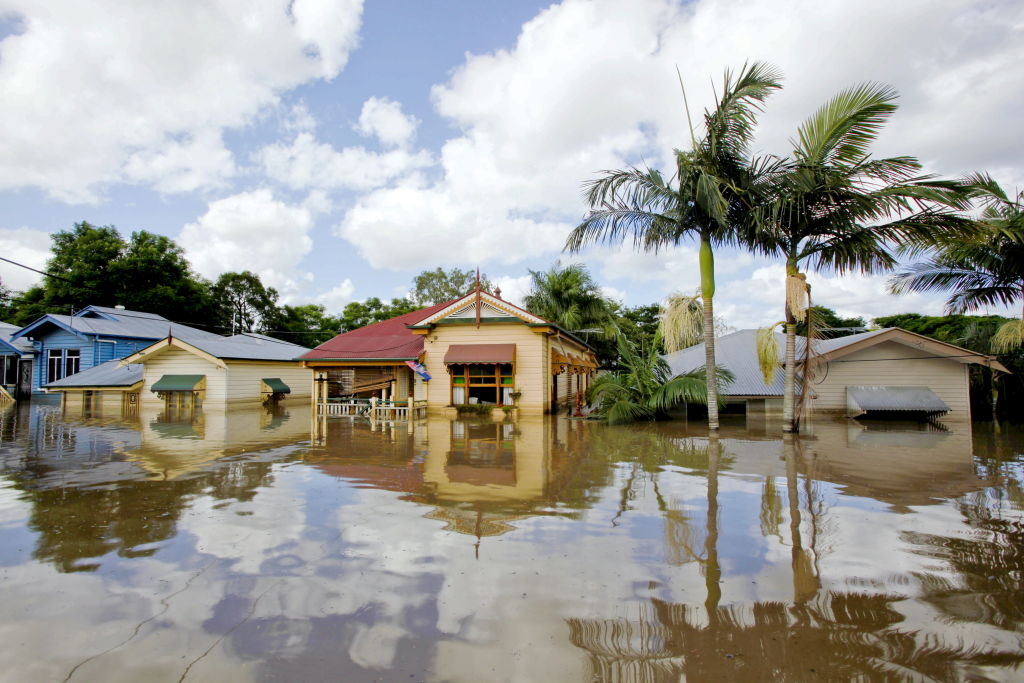
“Taking some extra precautions to make properties more resilient is a good idea,” he says. “If you’re intent on buying in a flood zone, buy a home on stilts or use flood-proof materials and run your electricals through the ceiling, not the floor. Be very careful if you’re looking to buy in a low-lying zone. Check your elevation and if you’re below about 10 metres above sea level be very careful to do property checks about the actual risk of coastal inundation.”
Mitchell says obtaining multiple insurance quotes will provide another indicator of a property’s risk level.
“If you can see a property is close to a creek bed or bushland, get on the phone to insurers and see what they say,” he advises. “People need to be aware of the risks associated with living by the ocean or buying a home with a beautiful bush view over a national park.”
If you currently reside in a high-risk area, Mitchell says there are still quite a few things home owners can do to minimise insurance premiums.
From making sure trees aren’t overhanging your roof and cleaning out gutters to renovating using fire and flood-proof building materials, there are ways to mitigate damage to property from extreme weather events that can reduce the likelihood of hefty insurance claims and in turn reduce insurance premiums.
We recommend
States
Capital Cities
Capital Cities - Rentals
Popular Areas
Allhomes
More
- © 2025, CoStar Group Inc.

